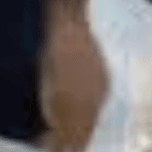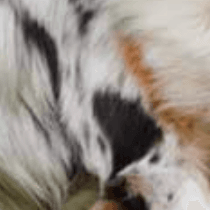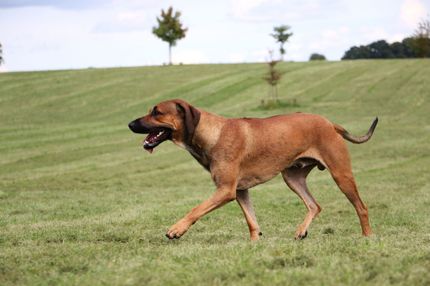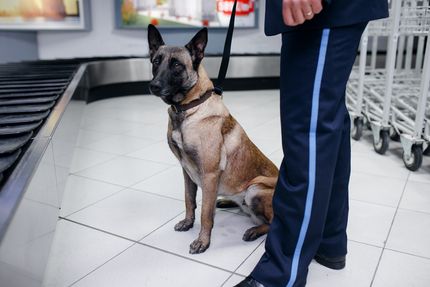Facts & Origin
The Long-haired Collie, or Scottish Shepherd Dog, is one of the most famous dog breeds worldwide, thanks to Lassie, the film dog.
What is the origin of the Long-haired Collie?
The Romans brought the Long-haired Collie to Europe. With the migrations of the Germanic tribes, the dog reached Great Britain via Iceland, where it was used by the sheep breeders to herd the Colley sheep. In 1840, the first association for Long-haired Collie breeding was founded. The dog breed was recognised in 1858 (FCI Group 1, Section 1, Standard No. 156).
With the dogs bred in America, further coat colours in black and white were developed. As the physique of the dogs deviated from the British breed standard, a separate Kennel Club was founded.
- British line: recognised by FCI
- American line: own American Kennel Club
What are the breed characteristics of Long-haired Collies?
Long-haired Collies have a narrow, elongated muzzle. They belong to the dolichocephalic breeds. In the middle of the head they have small ears. The almond-shaped, brown eyes are slightly angled. The body is elongated. The ribs are clearly set off. The oval paws have closed toes. The tail hangs down to their ankles.




| Alternate Name | Rough Collie |
| Origin | Scotland |
| Life expectancy | 14 - 16 years |
| Care requirements | high-maintenance |
| Activity level | average to high |
| FCI group | Sheepdogs |
| AKC group | working group |
| KC group | working group |
Long-haired Collie mixes
Attitude, character and temperament of the breed
What are the typical character traits of Long-haired Collies?
The dogs are particularly intelligent. They learn much faster than other dog breeds. Because of their friendly and good-natured character you can easily train them. However, their intelligence must be constantly challenged with demanding tasks. The Long-haired Collie puppies quickly accept their position within the family. They get along well with other dogs and children. Towards strangers the Long-haired Collies react very reserved at the beginning. Since they have a strong urge to move, they like to accompany their family on long walks. They are also well suited for participating in dog sports. Since the Collies never get nervous or react aggressively, they are very well-suited family and companion dogs. They also have a strong protective instinct and like to guard their family's house. A hunting instinct is not present.
Character
Usage

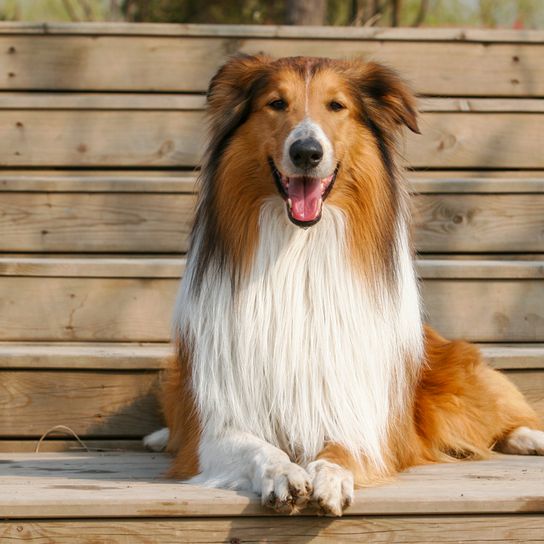
What are typical diseases of Long-haired Collies?
Some hereditary diseases occur in Long-haired Collies:
- MDR1 defect
- Collie Eye
- Dermatomyositis
- Deafness
76 % of Collies suffer from the MDR1 gene defect. Certain medication (ivermectin) can lead to movement disorders and vomiting for them. The dogs fall into a liver coma and die.
In Collie Eye the fundus of the eye is damaged. The retina becomes detached, your dog loses its vision.
Dermatomyositis occurs in Long-haired Collie puppies. The dogs suffer from skin ulcers and muscle atrophy.
Merle coat colours are associated with a developmental disorder of the inner ear. The Long-haired Collie puppies are deaf a few weeks after birth.
Long-haired Collie breeding - where, how, what?
You can buy a healthy Long-haired Collie from a breeder who observes the strict regulations of the breeding associations.
Where do you find Collie breeders:


Appearance and coat of the Long-haired Collie
A dense, silky coat covers the elegant body of the Long-haired Collies. The hair appears particularly voluminous, as the top coat and undercoat mix together.
- short facial hair
- pronounced ruffle
- tapered coat at the ears
- legs feathered in the upper part, underneath smooth coat
- tail with long, dense fur
Several coat colours are recognised by the FCI:
- sable white
- tri-coloured
- blue merle
What is the average size of the Long-haired Collie?
Males reach a withers height of 56 to 61 cm. Females are slightly smaller measuring 51 to 55 cm.
How much does a Long-haired Collie weigh?
- males: 20 to 30 kilograms
- females: 18 to 25 kilograms
What is the life expectancy of a Long-haired Collie?
Long-haired Collies reach an age of 12 to 15 years.
| Fur length | long |
| Fur | flat coated |
| Ear shape | Tilt-ear |
| Tail | fanned out |
| Anatomy | sporty |
| Size ♀ | 51 - 56 cm |
| Weight ♀ | 18 - 25 kg |
| Size ♂ | 56 - 61 cm |
| Weight ♂ | 20 - 29 kg |
| Suitable For | Beginner, Children |
Colors



Known Diseases
Hip dysplasia (HD)
Hip dysplasia (HD) is a genetic condition in dogs where the hip joint is not shaped properly. This leads to pain, stiffness and restricted movement.
Elbow dysplasia (ED)
Elbow joint dysplasia is a chronic disease complex of the elbow joint of fast growing dog breeds.
MDR1 defect
The MDR1 defect is a defect in the MDR1 gene that can occur in some breeds of dogs and in humans. This results in the deficient or absent synthesis of a certain protein which is an important component of the blood-brain barrier, leading to hypersensitivity to some drugs.
Epilepsy
Definition: Dog has epilepsy if, for example, at least two epileptic seizures occur more than 24 hours apart.
Progressive Retinal Atrophy (PRA)
Progressive retinal atrophy (PRA) is a slowly progressive death of the retina in dogs.
Collie Eye Anomaly (CEA)
Collie Eye Anomaly (CEA) is a hereditary disease of various breeds of dogs from the Collie family.
Eye diseases
Often occur with allergies and intolerances.





